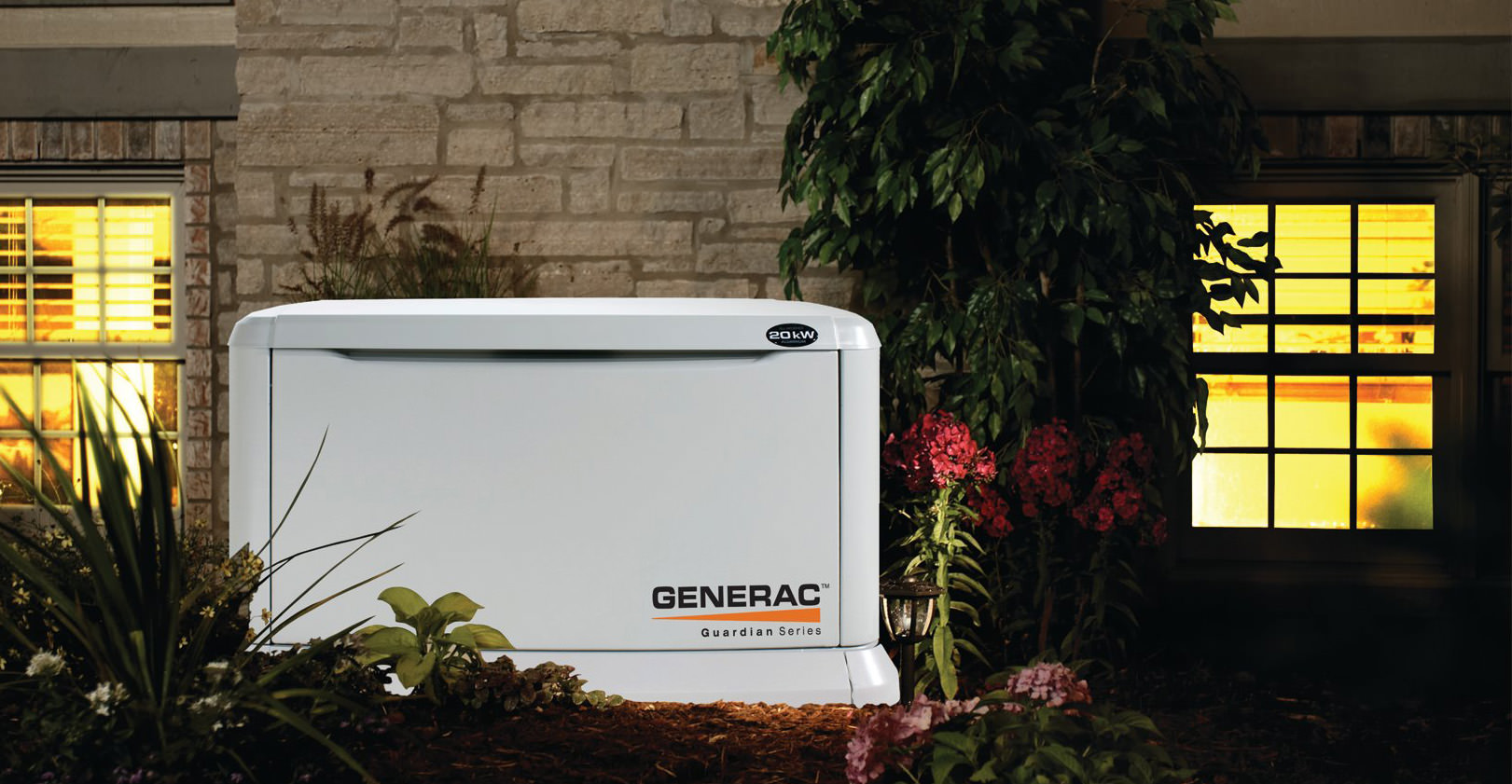Hurricane season is almost upon us. If you have built or bought a new home recently, it may be that it does not yet have a generator installed. These appliances are invaluable for your safety and comfort during a bad storm. In South Florida, generators are practically a must to get through the daily thunderstorms and frequent hurricanes. There are two main categories of generators. Portable generators can easily be stored and set up in an emergency. However, homeowners can also permanently install a generator, which is more extensive than simply purchasing a new dryer or dishwasher. Generator installation involves a process that takes a bit of planning and time.

Contact a Professional. Generator installation is not a job you should attempt to DIY. Hire a trusted local professional to handle the physical installation to ensure it is done properly and safely. They will send a qualified contractor to evaluate your home’s energy needs and how your electrical system is laid out so that they can provide recommendations.
Obtain the Permits. Installing a generator involves digging, pouring cement, and connecting electrical wires to your home’s system. These changes and installments must be up to the codes established by local ordinances and your HOA, so you need to have a permit to get the work done. While the company installing your generator should be able to handle the permitting process, it is essential to understand what the permits entail. Obtaining the permits might take anywhere from a few days to a few weeks, so you will have to be patient.
Laying the Foundation. Generators need a stable and level place to sit to function well. Generally, this involves pouring a concrete slab (or sometimes gravel). Getting this foundation in place is the first step of installing your generator. The concrete should be dry after a day or two, barring any extreme moisture or cool temperatures, and the rest of the process can continue.
Setting Up the Wiring. A transfer switch will need to be installed on your circuit panel to automatically sense when the power goes out and turns itself on. Wires are then safely run from the generator to the panel.
Testing. It is important that your installation technician simulates a power outage to ensure that the generator is working properly and will turn on as expected. The technician will cut power to your house, and your new generator should kick on.
Learn How to Maintain Your Generator. Once it is installed, be sure to ask the contractor any questions you have about how the generator operates and how best to maintain it. This information will be valuable in the future and can help you extend the life of your generator–after all, they aren’t cheap. You want to take the best care of it that you can use to serve you well. Many models can run periodic self-checks to test that everything is working correctly, but you also need to be aware of what issues or signs of problems to look out for.
The master electricians at Promise Electric sell, install, and service generators throughout the Sarasota area. Even if you did not purchase your equipment from us, we may be able to assist with testing and repairing the unit before the storm season begins. Call today for more information about generator installation and service.


